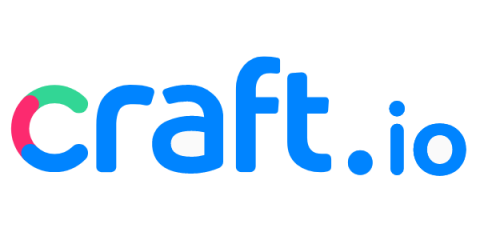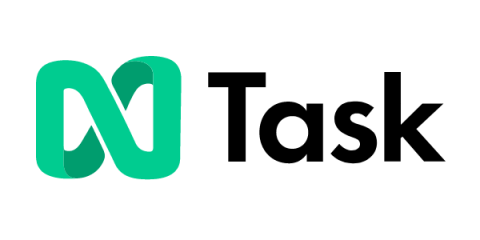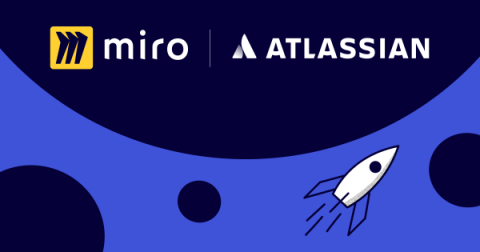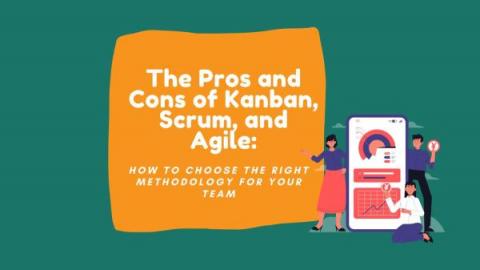Agile at Scale? How Would That Work?
The Scaled Agile Framework, or SAFe, might sound like a contradiction in terms. The agile methodology for software development is designed to help companies operate nimbly — without being slowed down by processes or constrained by a rigid plan — so that they can deliver value to customers more quickly and efficiently. But what happens when a small, agile company grows into a large enterprise?








